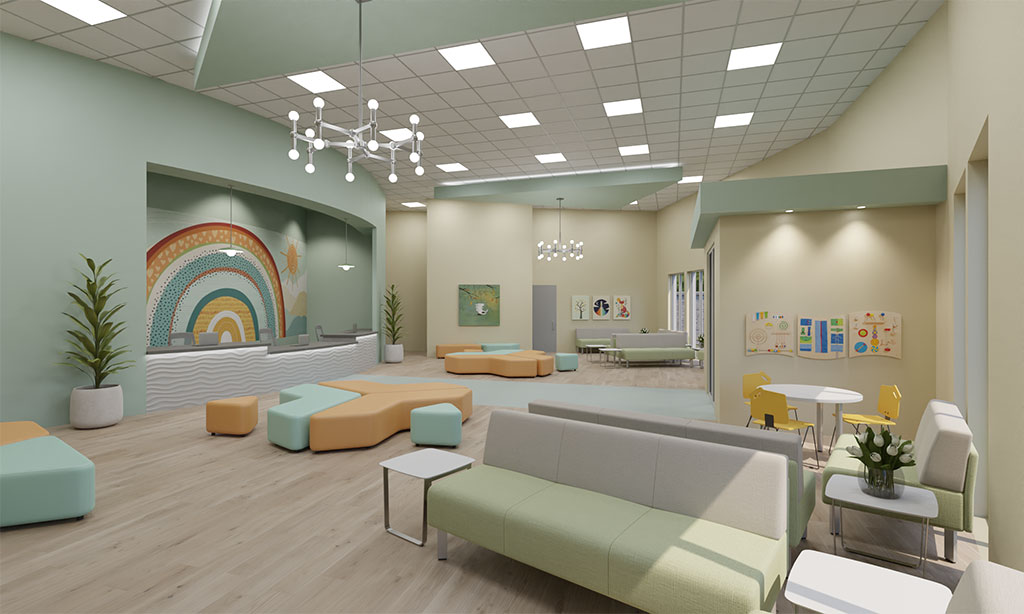Since 1990, the Americans with Disabilities Act (ADA) has protected people with disabilities from discrimination. Everyone must be provided with equal access to all healthcare services.
When designing or renovating your clinic, take into consideration the space you need for patient care, clerical work, and other everyday tasks. With limited space in the exam room, it’s crucial that patients have proper and easy access to the exam table.
Here are 5 reasons healthcare facilities need to be ADA Accessible
- 1 in 4 adults in the United States has a disability. And the number is growing. Two in 5 adults 65 and older have a disability. This demographic most frequently visits health care facilities, and their needs and accommodations must be considered. For example, if a facility does not provide ADA-accessible exam tables, they would not have proper access to health care.
- It’s the law. Healthcare facilities must provide equal access care to all patients. Being out of compliance opens the possibility of lawsuits and other legal actions. This could result in more expenses than if the facilities bought the tables in the first place.
- It increases throughput. When patients of different abilities have the same access to medical equipment, fewer patients must wait for exam rooms that fit their needs. Standardizing exam rooms with ADA-compliant equipment ensures that all exam rooms fit the needs of all patients, meaning that patients will have less wait time and staff can worry less about triage.
- ADA-accessible exam tables grant equal access to everyone. From the elderly to children, all patients can benefit from having access to ADA-accessible exam tables. Fixed height exam tables are complex for a person with a disability to safely get on and off without assistance. ADA-accessible exam tables have an adjustable height that allows patients with and without a disability to access the table safely and efficiently.
- It increases patient and clinician safety. ADA-accessible equipment takes the hassle and discomfort out of visiting the doctor. For example, clinicians often struggle with helping patients on and off exam tables, leaving room for injury to both patients and staff. ADA-accessible tables allow more access to patients, meaning they can assist themselves better. The tables provide safer spaces for patients to get on and off, ultimately leading to reduced staff burnout due to less frequent staff intervention.







